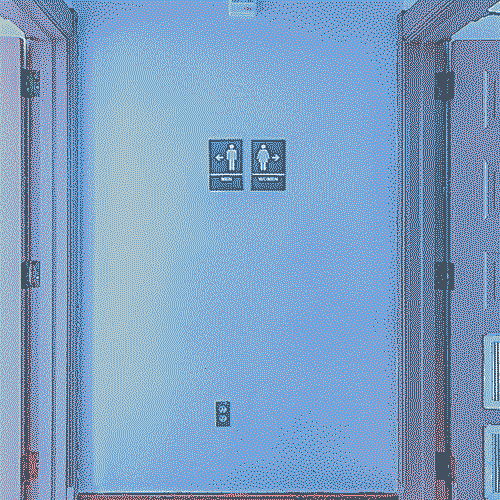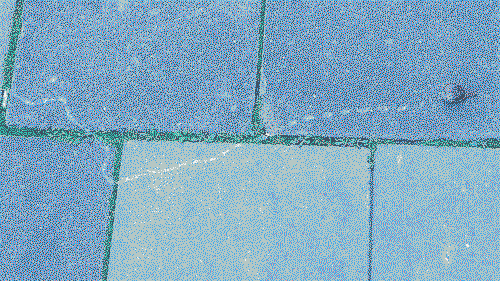Design functions to “promote or prevent the encounter of different bodies, to enforce or prohibit sexual reproduction, and to facilitate or preclude the circulation of certain reproductive fluids (blood, sperm, milk).”* Graphic design mediates the outermost, semiotic layer of the infrastructural assemblage of segregation.
The segregation signs from the early 20th century U.S. aligned “the white” and “the colored” bodies differently using arrows. Binary bathroom signs that are still prevalent assign different rooms to people based on the shapes of their genitals by using graphic symbols. Various graphic methods, such as impermeable borderlines, negative spaces, Color contrast, and pictograms, are available to signify segregation.



*Preciado, Paul B. "The Architecture of Sex: Three Case Studies Beyond the Panopticon." In The Funambulist 19 (Sept-Oct. 2018) The Space of Ableism, published August 26, 2018.